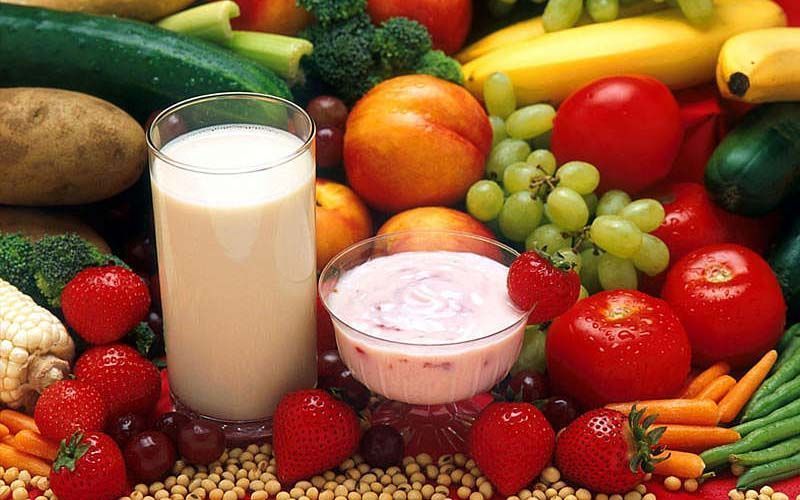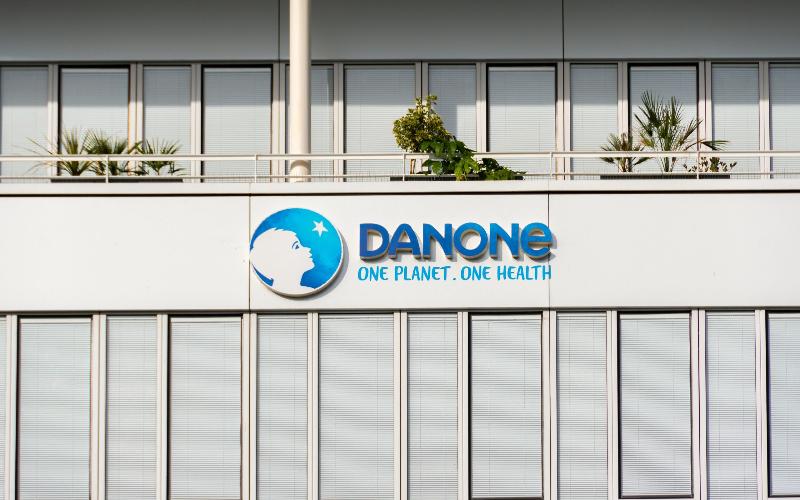FAO Food Price Index Holds Steady in March as Meat, Dairy Prices Rise
Source: DairyNews.today
Global food commodity prices held largely steady in March, with the FAO Food Price Index (FFPI) averaging 127.1 points, little changed from February, the United Nations food agency said on Friday.

Lower prices for cereals and sugar offset gains in meat and vegetable oils, while dairy prices remained flat. Despite the month-on-month stability, the index stood 6.9% higher than a year earlier but remained 20.7% below its record high set in March 2022.
The FAO Meat Price Index rose 0.9% in March to 118.0 points, driven by firmer pig meat prices. The increase followed renewed demand in the European Union after Germany regained its foot-and-mouth-disease-free status, prompting countries such as the United Kingdom to lift import restrictions. A stronger euro also supported upward price movements. Ovine and bovine meat prices climbed on robust pre-Easter demand and tight global supplies, respectively. Poultry prices, meanwhile, remained stable amid balanced global supply and demand, despite ongoing avian influenza outbreaks in some major producing regions.
The FAO Dairy Price Index was unchanged fr om February at 148.7 points but remained nearly 20% above its March 2024 level. International cheese prices fell 1.8%, marking the first decline in nine months, as steady European supply met weakening demand, particularly in Oceania. However, gains in butter and milk powder offset the drop, with butter prices climbing 3.9% on strong retail sales and lower seasonal output in Oceania. Skim milk powder rose for a second month, supported by firm demand and tightening supply, while whole milk powder edged up slightly amid mixed trade flows and reduced milk production.
The FAO Vegetable Oil Price Index averaged 161.8 points in March, up 5.8 points (3.7%) month-on-month and remaining significantly higher (23.9 percent) than its level a year earlier. The continued increase in the index was driven by higher prices of palm, soy, rapeseed and sunflower oils. International palm oil prices rose for the second consecutive month, primarily due to persistently tight supplies in major producing countries in Southeast Asia, wh ere outputs were at their seasonal lows.
The FAO Cereal Price Index averaged 109.7 points in March, down 2.9 points (2.6%) from the previous month and 1.2 points (1.1 percent) lower than in March 2024. Global wheat prices declined in March as concerns over crop conditions subsided in some major Northern Hemisphere exporters, while uncertainty over rising trade tensions weighed on market sentiment. However, the decline was moderated by currency movements, tighter supply pressure in the Russian Federation, and Türkiye’s removal of its wheat import quota. Following several consecutive monthly increases, world maize prices also declined in March, driven by improved crop conditions in Brazil with recent rainfall, the start of the harvest in Argentina, bearish projections for the coming season in the United States of America, weaker-than-anticipated import demand from China, and concerns over trade policy changes in various countries. Among other coarse grains, world sorghum prices declined, while barley prices increased slightly.
The FAO Meat Price Index rose 0.9% in March to 118.0 points, driven by firmer pig meat prices. The increase followed renewed demand in the European Union after Germany regained its foot-and-mouth-disease-free status, prompting countries such as the United Kingdom to lift import restrictions. A stronger euro also supported upward price movements. Ovine and bovine meat prices climbed on robust pre-Easter demand and tight global supplies, respectively. Poultry prices, meanwhile, remained stable amid balanced global supply and demand, despite ongoing avian influenza outbreaks in some major producing regions.
The FAO Dairy Price Index was unchanged fr om February at 148.7 points but remained nearly 20% above its March 2024 level. International cheese prices fell 1.8%, marking the first decline in nine months, as steady European supply met weakening demand, particularly in Oceania. However, gains in butter and milk powder offset the drop, with butter prices climbing 3.9% on strong retail sales and lower seasonal output in Oceania. Skim milk powder rose for a second month, supported by firm demand and tightening supply, while whole milk powder edged up slightly amid mixed trade flows and reduced milk production.
The FAO Vegetable Oil Price Index averaged 161.8 points in March, up 5.8 points (3.7%) month-on-month and remaining significantly higher (23.9 percent) than its level a year earlier. The continued increase in the index was driven by higher prices of palm, soy, rapeseed and sunflower oils. International palm oil prices rose for the second consecutive month, primarily due to persistently tight supplies in major producing countries in Southeast Asia, wh ere outputs were at their seasonal lows.
The FAO Cereal Price Index averaged 109.7 points in March, down 2.9 points (2.6%) from the previous month and 1.2 points (1.1 percent) lower than in March 2024. Global wheat prices declined in March as concerns over crop conditions subsided in some major Northern Hemisphere exporters, while uncertainty over rising trade tensions weighed on market sentiment. However, the decline was moderated by currency movements, tighter supply pressure in the Russian Federation, and Türkiye’s removal of its wheat import quota. Following several consecutive monthly increases, world maize prices also declined in March, driven by improved crop conditions in Brazil with recent rainfall, the start of the harvest in Argentina, bearish projections for the coming season in the United States of America, weaker-than-anticipated import demand from China, and concerns over trade policy changes in various countries. Among other coarse grains, world sorghum prices declined, while barley prices increased slightly.














